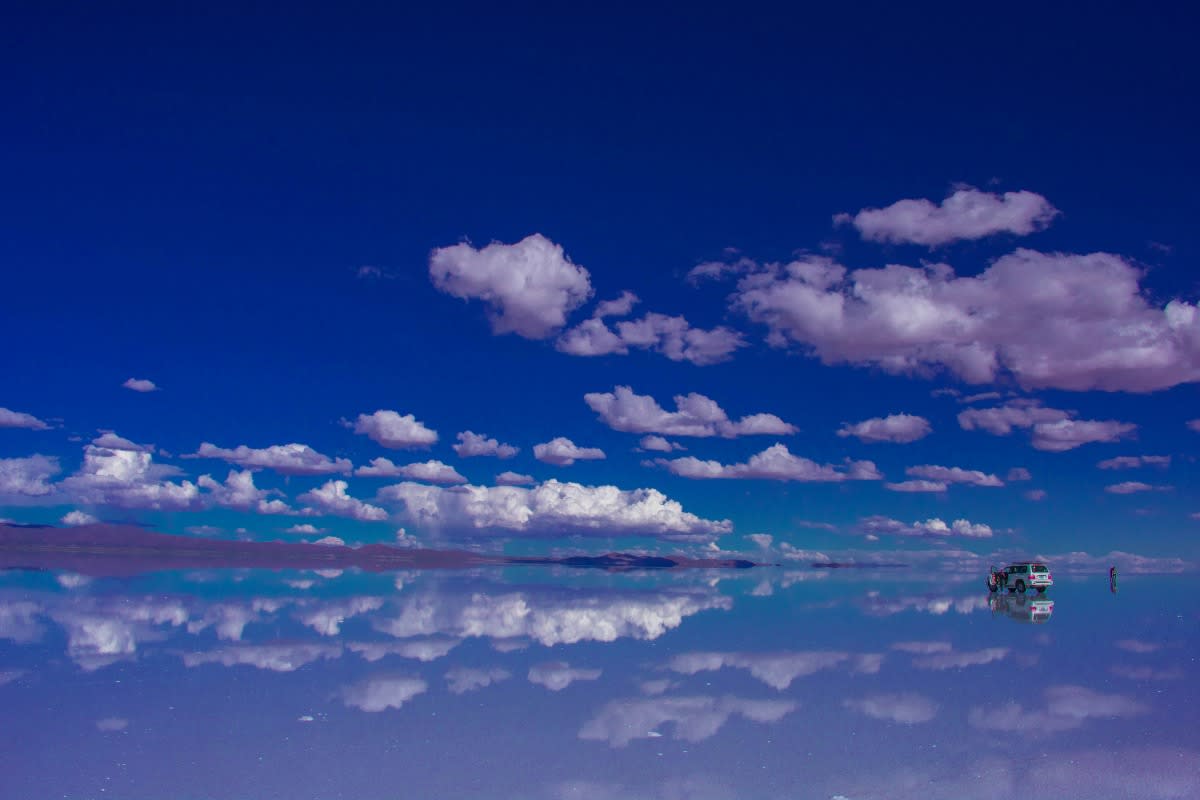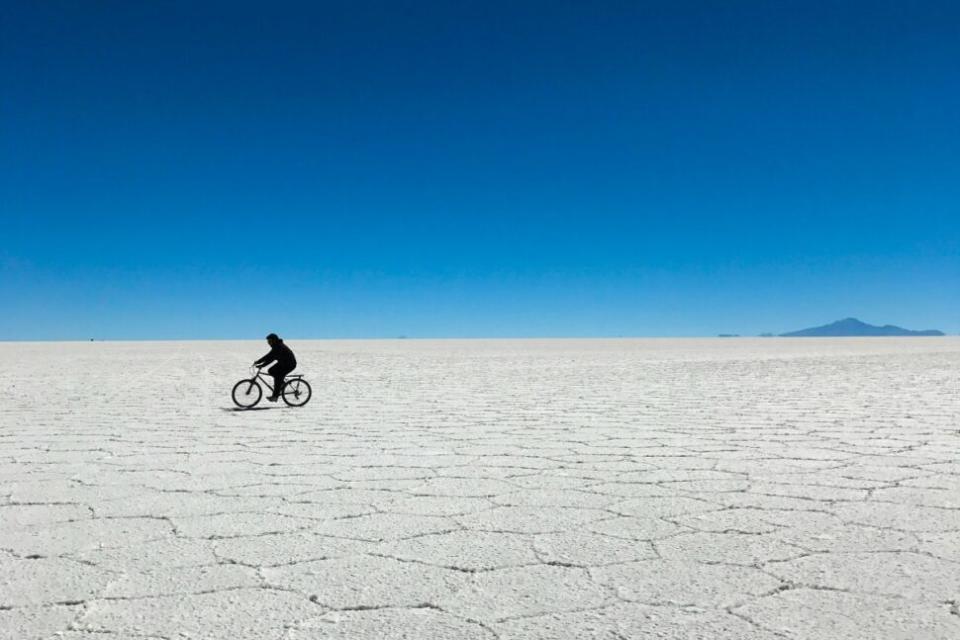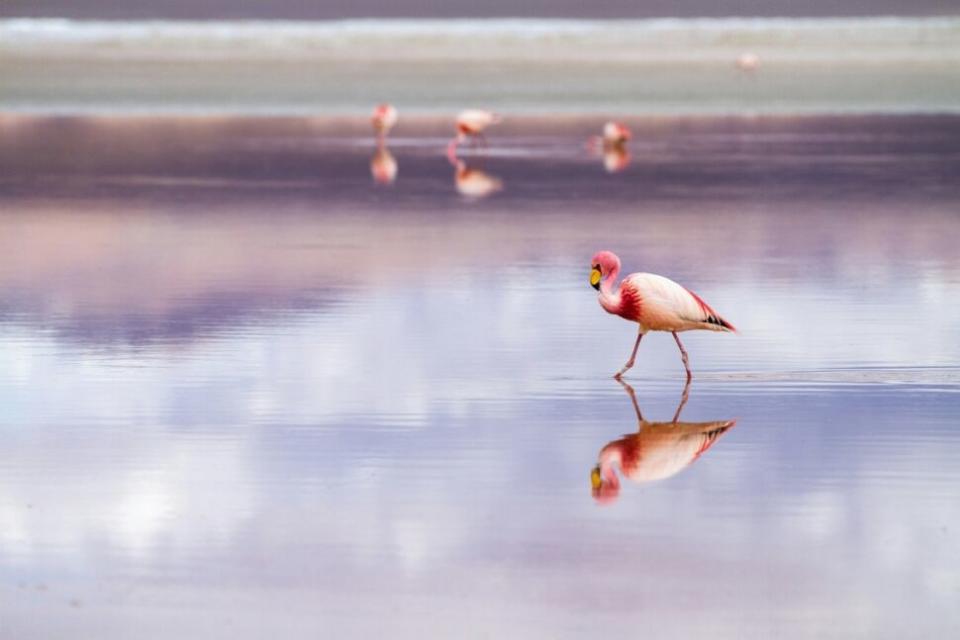Visit Bolivia’s Salar de Uyuni, The World’s Largest Salt Flat That Travelers Describe As ‘Heaven On Earth’

Envision yourself in a calming, untainted place where the sky and earth meet on an infinite horizon, the air is thick with peace, and the ground shiny. This setting is not from a fantasy story. It is Bolivia’s Salar de Uyuni, the world’s largest salt desert. Its beauty blows away locals. As for visitors, they often describe Salar de Uyuni as ‘Heaven on Earth’ due to its out-of-the-ordinary sight and experience.
Located in the Daniel Campos Province in Potosí, this expansive white landscape spans over 3,900 square miles. It stands at an elevation of 11,995 feet above sea level. What was once a prehistoric lake has transformed over thousands of years into the wondrous salt desert that captivates visitors today.
Reaching Heaven

Traveling to Salar de Uyuni requires passing through some of Bolivia’s most outstanding scenery. The town of Uyuni, often considered the gateway to the salt flats, is the starting point for most tours. Travelers can choose between day trips and longer expeditions. These long tours include overnight stays in hotels made almost entirely of salt. Yes, you read that right—walls, roofs, beds, and even furniture carved out of the very essence of the place you came to explore.
The ride to the salt flats is just as fascinating. It takes you through the rocky Andean environment, complete with quaint villages, herds of llamas, and the occasional flamingo-filled lagoon. A palpable shift in scenery marks the approach to Salar de Uyuni; the earth stretches out into a vast white canvas that seems to merge with the sky at the horizon.
A Photographer’s Paradise

For photographers and enthusiasts alike, Salar de Uyuni presents an unrivaled opportunity. The flat, reflective surface creates a perfect mirror of the sky, particularly after a light rain, turning the salt flat into a surreal dreamscape. The perspective-bending reflections make for extraordinary photographs, blurring the lines between reality and illusion.
The best time to visit for those iconic reflective photos is during the rainy season, from January to April. However, from May to December, the dry season reveals the hexagonal patterns of crystallized salt, an equally mesmerizing sight.
Heavenly Nights

What makes Salar de Uyuni truly otherworldly, however, are its nights. The clear, pollution-free skies offer an unparalleled view of the stars, with the Milky Way clearly visible to the naked eye. Some tours provide nighttime visits or stays in salt hotels where you can fall asleep under a blanket of stars – a celestial experience you’re unlikely to forget.
It’s important to remember that visiting Salar de Uyuni requires some preparation. The high altitude and stark landscape can be challenging for some travelers. Acclimatizing to the altitude, staying hydrated, and protecting yourself from the sun’s intense rays are essential. Guided tours are the best way to explore, offering the safety and knowledge of experienced guides who know the terrain and weather patterns.

